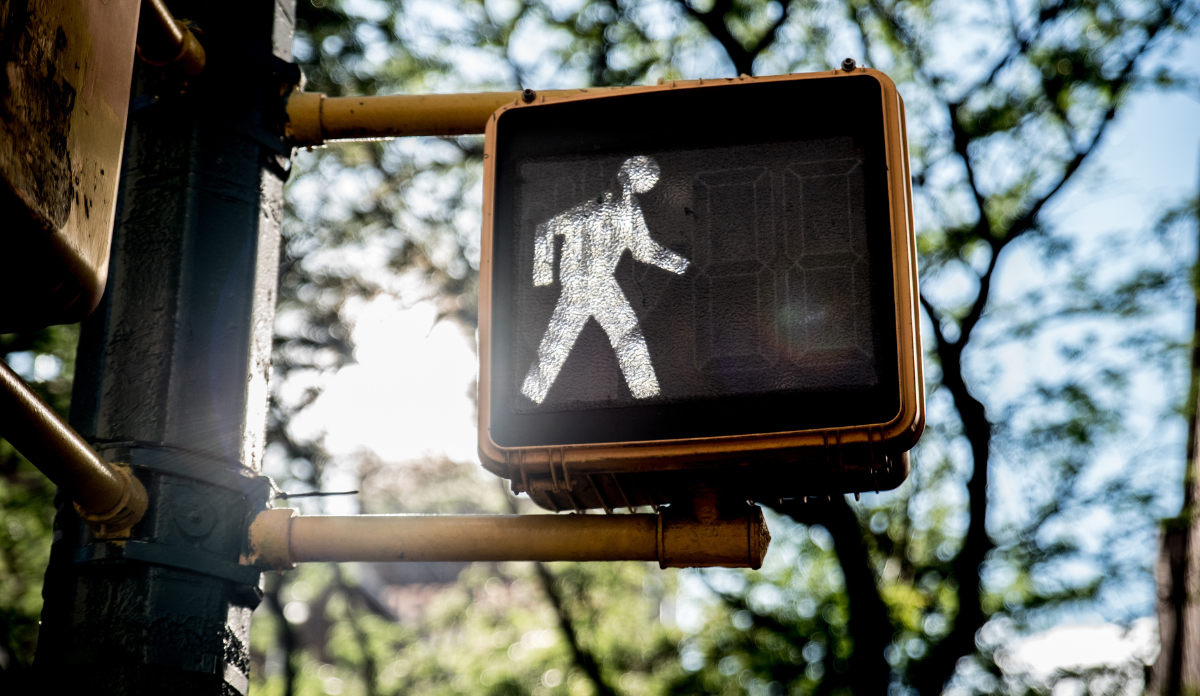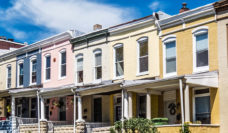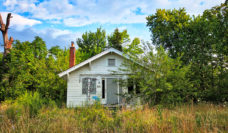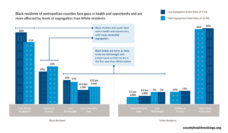In a congested city like Boston, Mass., walking and cycling are often the best ways to get around. They are also important ways to increase your daily exercise and improve your physical and mental health. But these modes of transportation can also be dangerous, especially in areas with heavy traffic and poor or absent sidewalks and lighting. Over the past decade, pedestrian deaths have risen by 54%, eclipsing all other traffic deaths, which have increased by 13%.
Pedestrian injuries and deaths often occur in low-income communities and communities of color. Poorly designed roadways with badly maintained sidewalks enable speeding and result in high rates of pedestrian fatalities. One possible explanation for these localized high pedestrian deaths is historical policies that have created unsafe environments. Racial discrimination–reinforced through inequitable systems involving housing, education, employment, health care, and criminal justice–has made certain neighborhoods more dangerous to walk.
To examine the association between historical and structural racism and pedestrian fatalities, Nandi Taylor and colleagues analyzed data from the Fatality Analysis Reporting System between 2010 and 2019. They considered high pedestrian fatality locations in relation to areas subjected to historical redlining practices. Redlining refers to a housing policy initiated as a part of President Franklin D. Roosevelt’s New Deal in the 1930s, where over 200 metropolitan cities color-coded their residential spaces to signify how likely lenders would be to invest in that neighborhood. Areas coded green for “best” and blue for “still desirable” were typically White neighborhoods that predominantly got approved for guaranteed home loans. Other areas were coded yellow for “definitely declining” and red signifying the most “hazardous” conditions. Redlined neighborhoods, predominantly populated by Black Americans and immigrants, were deemed risky investments by credit lenders. As a result, these communities were denied homeownership loans, which ultimately impacted future wealth and limited economic development.
Taylor and colleagues found that present-day pedestrian fatalities are highest in areas that were historically redlined. Furthermore, they found that there was an association between the rate of pedestrian fatalities in present-day neighborhoods and the perceived stability of lender investments of those areas in the 1930s: communities that had once been labelled ‘green’ had the lowest pedestrian fatality rate, with the rate increasing for historically blue, yellow and red residential spaces. These findings show how census tracks historically impacted by redlining practices continue to disproportionately affect people of color today.
Understanding how structurally racist policies, past and present, can impact community health is crucial in developing programs to address health inequity. Taylor and colleagues point out current programs that deal with transportation infrastructure, such as investments in sidewalks, roads, and street lighting, have historically taken a color-blind approach, with these programs typically providing equal funds for services in all communities regardless of historical or structural need.
The research team argues that these programs should move to remediate inequities in transportation safety by paying attention to redlining history and its discriminatory effects. Focusing on areas of greatest need through cross-agency partnerships with experts in housing policy, community development, and public health could reduce pedestrian injuries and traffic fatalities, and create safer streets in low income areas.
Photo via Getty Images














